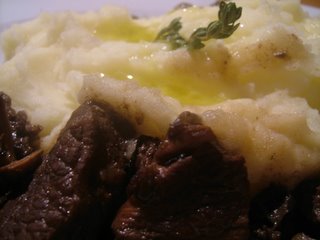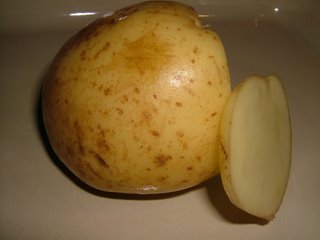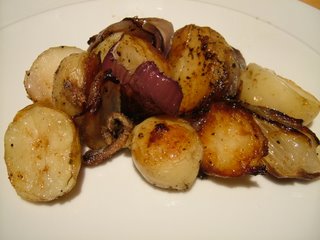This salad is brilliant at barbecues, where it’s a great light, sunshine-filled alternative to any giant hunks of charred meat you might be serving. It’s full of assertive flavours – the lemon, deliciously sweet peppers and raw onion, the celery and, of course, the tuna. It’s also very simple, and only takes a few minutes to throw together.
I’m a lazy cook. I very, very seldom cook beans from scratch – they’re very cheap to buy in cans, and in a salad like this the borlotti beans don’t suffer at all from coming out of a tin. If you prefer to use dried beans, you’ll need to soak them overnight, then boil for ten minutes. Take the pan off the heat and leave the beans to soak in their cooking water for two hours. Borlotti beans are a lovely little legume. They’re related to the kidney bean, and they have a lovely creamy texture and a slightly sweet taste. If you can’t find any, try making this with cannellini beans, which make a good alternative. To make a large bowl, big enough for a large family barbecue, you’ll need:
2 cans tuna in spring water
1 large sweet onion (a Vidalia or other sweet salad onion is excellent in this dish)
1 handful fresh parsley
1 plump clove garlic
1 can borlotti beans
5 stalks from a celery heart
1 orange pepper
4 tablespoons extra virgin olive oil
Juice of ½ a lemon
Salt and pepper
Chop the onion into quarters and slice finely. Mince the parsley and cut the celery and pepper into small dice. Crush the garlic and flake the tuna. Put the beans in a sieve and rinse them under cold running water.
Toss all the prepared ingredients together in a large bowl with the olive oil, lemon and seasoning, and cover with cling film. Leave in the fridge for an hour before serving for the flavours to mingle.





